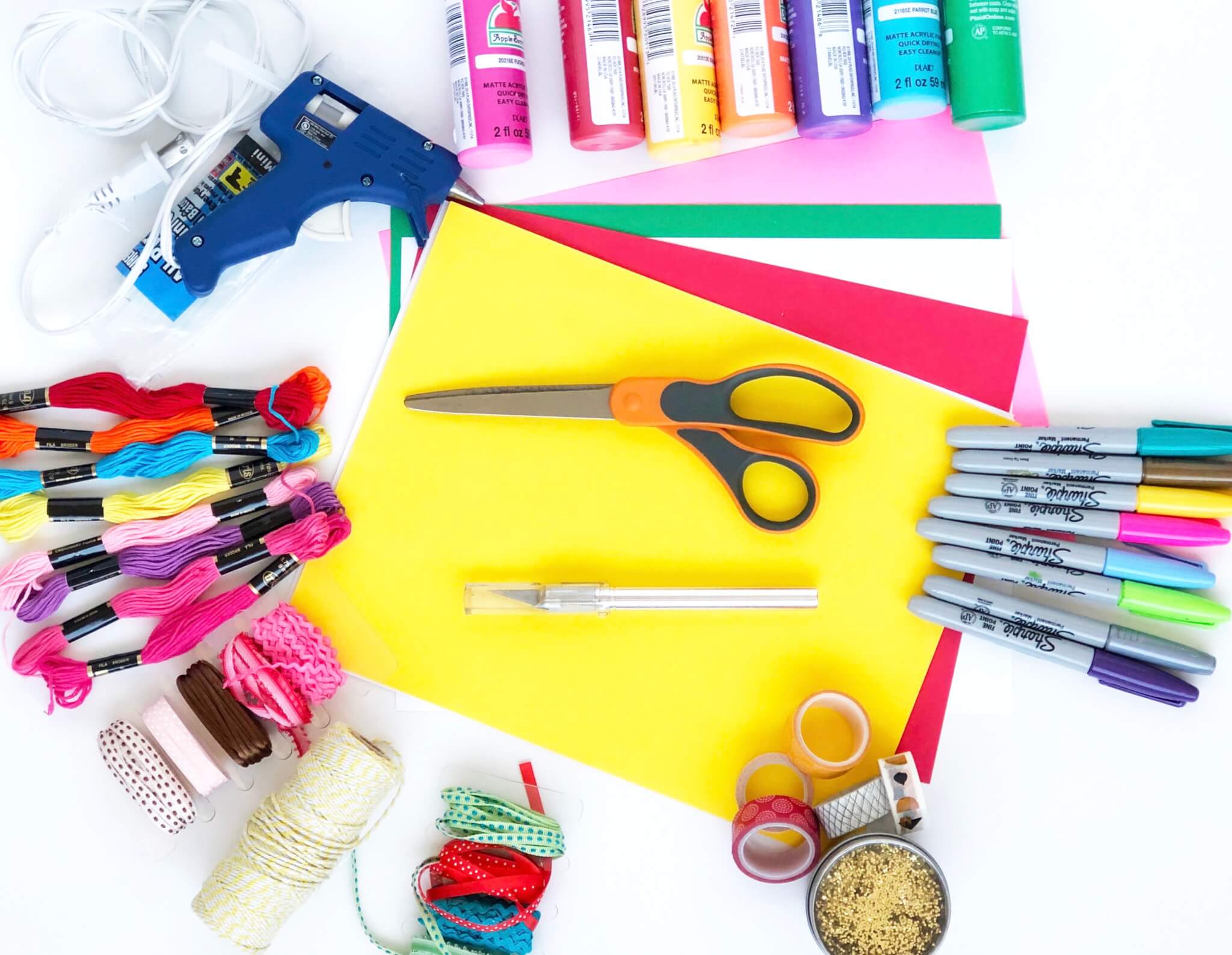

Articles
How To Store Craft Supplies
Modified: January 21, 2024
Discover effective ways to store your craft supplies and keep your articles organized and easily accessible. Transform your crafting space with these storage solutions.
(Many of the links in this article redirect to a specific reviewed product. Your purchase of these products through affiliate links helps to generate commission for Storables.com, at no extra cost. Learn more)
Introduction
Welcome to the world of crafting! Whether you enjoy painting, knitting, scrapbooking, or any other creative hobby, one thing is for sure: craft supplies can quickly accumulate and become overwhelming if not properly organized. Having a well-organized storage system for your craft supplies is essential for staying inspired, being able to find what you need when you need it, and keeping your creative space clutter-free.
In this article, we will guide you through the process of storing your craft supplies effectively and efficiently. We will explore different storage containers, offer tips for organizing small and large items, discuss the importance of labeling and categorizing supplies, and share practical advice for creating a craft supply inventory. Additionally, we will provide insights on maintaining and cleaning your storage areas, as well as tips for maximizing storage space. Let’s dive in!
Key Takeaways:
- Organizing craft supplies is essential for a clutter-free and inspiring creative space. Categorize, label, and utilize storage containers to create a functional and visually appealing system.
- Maximize storage space by utilizing vertical and underutilized areas, and get creative with storage solutions. Regular maintenance and cleaning will preserve the quality of your supplies and create an enjoyable workspace.
Read more: How To Store Artwork
Organizing Craft Supplies
When it comes to organizing craft supplies, the key is to find a system that works for you and your specific needs. Here are some tips to help you get started:
- Assess your craft supplies: Before diving into the organizing process, take the time to assess your craft supplies. Sort through them and eliminate any items that are no longer useful or that you no longer enjoy using. This will help reduce clutter and make the organizing process easier.
- Categorize your supplies: Start by categorizing your supplies into groups based on their type and usage. For example, separate your paints from your fabrics, your yarn from your paper, and so on. This will make it easier to find what you need when you need it.
- Create designated storage areas: Dedicate specific areas or zones in your craft room or space for each category of supplies. This will help keep things organized and prevent items from getting mixed up.
- Consider frequency of use: Place frequently used items in easily accessible areas, such as on open shelves or in clear containers, while items that are used less often can be stored in less accessible areas.
- Utilize wall space: Make use of vertical space by installing shelves, pegboards, or hanging storage solutions on the walls. This will maximize your storage capacity without taking up valuable floor space.
Remember, the goal of organizing craft supplies is to create a system that is both functional and visually appealing. It should make it easy for you to find and retrieve items, as well as inspire you to continue creating.
Choosing the Right Storage Containers
When it comes to storing craft supplies, using the right containers is crucial. Here are some factors to consider when choosing storage containers:
- Size and shape: Consider the size and shape of your craft supplies when selecting containers. Opt for containers that can accommodate your largest items, while still providing enough space for smaller ones. Square or rectangular containers are often more efficient in utilizing space than round containers.
- Durability: Look for containers that are durable and can withstand the weight and the nature of your craft supplies. Avoid flimsy containers that may break easily or not provide adequate protection to your items.
- Transparency: Consider clear or transparent containers as they allow you to easily see the contents without having to open them. This can save time and make it easier to locate specific supplies.
- Stackability: Opt for containers that are stackable to maximize vertical space. This will help you utilize your storage area efficiently and keep everything organized.
- Accessibility: Choose containers with lids that are easy to open and close. Look for options with secure closures to prevent items from spilling or getting damaged.
- Portability: If you often work on your crafts in different areas of your home or like to take them on the go, consider storage containers with handles or those that are lightweight and easy to carry.
It’s important to note that there is no one-size-fits-all solution when it comes to storage containers. Assess your specific needs, the size and quantity of your items, and your available space before making a decision. A combination of different container types, such as bins, baskets, or plastic drawers, may work best to accommodate various craft supplies.
Remember to label your containers clearly to make it easy to find what you need. With the right storage containers, you can ensure that your craft supplies are protected, organized, and readily accessible whenever inspiration strikes.
Storing Small Items
When it comes to storing small craft supplies, organization and convenience are key. Here are some ideas for storing and organizing small items:
- Divided containers: Invest in small divided containers, such as tackle boxes or bead organizers, to store small items like beads, buttons, or sequins. These containers have multiple compartments, making it easy to separate and categorize different types of supplies.
- Stackable jars: Use clear, stackable jars with screw-on lids for storing small supplies like buttons, brads, or eyelets. These jars are not only practical but also allow for easy visibility and quick access to your materials.
- Drawer units: Utilize drawer units with multiple small drawers to keep small items organized. Label each drawer with its contents, such as ribbons, thread spools, or paper clips, for quick identification.
- Magnetic storage: For metal-based small supplies like sewing needles, pins, or paper clips, consider using magnetic storage solutions. Attach a magnetic strip to a wall or the inside of a cabinet, allowing you to keep these items easily accessible and visible.
- Hanging organizers: Hang small organizers with pockets or pouches on the back of a door or on a pegboard to store small items like paints, markers, or brushes. This keeps them off your workspace while still maintaining easy access.
- Ziplock bags: For smaller supplies that do not require airtight storage, like stickers or foam shapes, use resealable ziplock bags. Label the bags and store them in a larger container or drawer to keep everything together and easy to find.
Remember to keep these small storage containers within reach of your work area. This will make it convenient to grab what you need without disrupting your creative flow. Also, periodically review and declutter your small storage areas to dispose of any unused or broken items.
By utilizing these storage solutions for your small craft supplies, you can keep everything organized, visible, and easily accessible, enabling you to focus more on your projects and less on searching for materials.
Storing Large Items
Storing large craft supplies requires careful consideration to ensure they are protected and accessible when needed. Here are some tips for storing and organizing larger items:
- Open shelving: Invest in sturdy open shelving units or cubbies to store large items such as fabric bolts, yarn skeins, or scrapbooking paper. This allows for easy visibility and access to your materials while keeping them neatly organized.
- Hanging storage: Utilize hanging storage solutions, such as garment bags or clear vinyl pockets, to store larger items like rolls of wrapping paper, stencils, or cutting mats. Hang them on hooks or a hanging rod to save floor space.
- Clear bins with handles: Use clear storage bins with handles to store larger craft supplies such as foam boards, canvases, or wooden panels. These bins make it easy to see what’s inside and can be stacked or stored on shelves for easy access.
- Rolling carts: Invest in rolling carts or storage units with wheels to store and transport large and heavy supplies, such as sewing machines or die-cutting machines. This allows you to easily move them around your workspace as needed.
- Oversized containers: Look for oversized storage containers or bins specifically designed for storing large craft items. These containers can typically accommodate items like knitting looms, large painting canvases, or cutting mats.
When storing larger items, it’s important to consider their weight and fragility. Ensure that the storage solution you choose can support the weight of the items without causing any damage or risk of collapsing.
Labeling the storage containers or shelves can also be helpful, especially if you have multiple projects or different types of large supplies. This will make it easier to locate specific items when needed. Utilize tags, markers, or adhesive labels to clearly identify the contents of each storage space.
By utilizing these storage solutions for your larger craft supplies, you can keep them organized, protected, and easily accessible, allowing you to embark on your creative projects without any hassle.
Store craft supplies in clear, stackable containers to easily see and access items. Label each container for quick identification. Keep frequently used items within reach and less used items in a separate storage area.
Read more: How To Store Canvases
Labeling and Categorizing Supplies
Labeling and categorizing your craft supplies is an essential part of keeping your storage system organized and efficient. Here are some tips to help you effectively label and categorize your supplies:
- Use clear and descriptive labels: When labeling your storage containers, use clear and descriptive labels that clearly indicate the contents inside. This will make it easier for you to quickly identify the items you need.
- Consistent labeling system: Adopt a consistent labeling system throughout your storage area. Whether you use labels, color-coded tags, or stickers, make sure to use the same system for every container so that it is easy to understand and follow.
- Categorize by type or project: Consider organizing your supplies by type or project category. This can include categories like paper crafts, drawing and painting, knitting and crocheting, or sewing. Grouping similar items together makes them easier to find.
- Separate frequently used items: Keep frequently used supplies separate or in easily accessible areas. This will save you time and effort when you’re in the middle of a project and need to grab something quickly.
- Consider subcategories: Within each main category, create subcategories for more specific items. For example, within the sewing category, you can have subcategories for buttons, zippers, threads, or patterns. This helps further organize your supplies.
- Color-code: If you prefer a visual organization method, consider color-coding your supplies. Assign a specific color for each category or type of craft supply, and use colored labels or markers to indicate the categories on containers or shelves.
Remember, the key to effective labeling and categorizing is to find a system that works best for you and your crafting needs. Regularly review and update your labels as needed to accommodate any changes in your supplies or crafts.
By implementing a consistent and well-thought-out labeling and categorizing system, you’ll be able to easily find and access your craft supplies, allowing you to spend more time doing what you love – creating beautiful works of art.
Creating a Craft Supply Inventory
Creating a comprehensive inventory of your craft supplies is a valuable tool for staying organized and keeping track of what you have. Here are some steps to help you create a craft supply inventory:
- Start with a list: Begin by making a list of all your craft supplies. This can include items such as paints, brushes, yarn, fabric, beads, tools, and anything else you use regularly in your projects.
- Categorize your inventory: Organize your list into categories based on the type of supplies, such as painting supplies, sewing supplies, or paper crafting supplies. This will make it easier to navigate and update your inventory.
- Note quantities: As you list your supplies, make note of the quantities you have for each item. This will help you keep track of your inventory levels and avoid running out of essential materials.
- Include additional information: Consider adding additional information to your inventory, such as the brand or specific product details. This can be helpful when you’re looking to replace or restock specific items.
- Use digital tools: To make inventory management easier, consider using digital tools such as spreadsheet software or inventory management apps. These tools allow you to easily update and modify your inventory as needed.
- Update regularly: Make it a habit to update your inventory regularly. Whenever you use or purchase new supplies, take the time to update your inventory accordingly. This will help you stay organized and prevent the accumulation of unnecessary items.
A well-maintained craft supply inventory not only helps you keep track of what you have but also enables you to plan your projects more efficiently. By consulting your inventory, you can easily determine if you have the necessary supplies for a specific project or if you need to make a purchase.
Remember to keep your inventory accessible and up-to-date. Consider printing a copy or keeping a digital version on your phone or computer, so you can refer to it when shopping or planning your next craft adventure.
By creating and maintaining a craft supply inventory, you’ll have a clear picture of your available resources, making it easier to stay organized and make the most of your crafting endeavors.
Maintaining and Cleaning Storage Areas
Maintaining and cleaning your craft storage areas is essential for preserving the quality of your supplies and ensuring a clutter-free workspace. Here are some tips to help you maintain and clean your storage areas:
- Regular tidying: Set aside regular time to tidy up your storage areas. This can be a weekly or monthly task, depending on the frequency of use and the volume of supplies. Spend a few minutes organizing and returning items to their designated spots.
- De-cluttering: Periodically go through your supplies and de-clutter any items that you no longer need, use, or enjoy. Donate or recycle these items to free up space and keep your storage areas tidy.
- Dust and wipe down surfaces: Dust and wipe down the surfaces of your storage containers and shelves. This helps prevent dust buildup and keeps your supplies clean. Use a clean, damp cloth to gently wipe away any dirt or debris.
- Vacuum or sweep the floor: If your storage area has a floor, vacuum or sweep it regularly to remove any dust, dirt, or stray crafting materials. This keeps the space clean and makes it easier to find dropped items.
- Inspect for pests: Regularly inspect your storage areas for signs of pests, such as insects or rodents. If you notice any evidence of infestation, take immediate action to address the issue and protect your supplies.
- Check for expired or damaged items: While tidying and cleaning, check for any expired or damaged craft supplies. Dispose of any items that are beyond their shelf life or that have been compromised in quality.
- Reassess storage solutions: As your craft supplies evolve and change, reassess your storage solutions. Determine if any adjustments or improvements need to be made to accommodate new items or to better suit your needs.
- Develop a cleaning routine: Establish a routine cleaning schedule to ensure the long-term organization and cleanliness of your storage areas. Consistency is key to maintaining an orderly and inviting space.
Keeping your storage areas tidy and clean not only enhances the functionality of your workspace but also prolongs the lifespan of your craft supplies. It creates a more enjoyable environment for your creative endeavors.
Remember, a little maintenance and cleaning goes a long way. By incorporating these tips into your routine, you can ensure that your craft storage areas remain organized, clean, and optimal for your creative pursuits.
Tips for Maximizing Storage Space
Maximizing storage space is crucial for keeping your craft supplies organized and accessible. Here are some tips to help you make the most of your storage areas:
- Utilize vertical space: Take advantage of vertical space by installing shelves, pegboards, or wall-mounted storage solutions. This allows you to store items off the floor and frees up valuable workspace.
- Invest in storage units with adjustable shelves: Opt for storage units with adjustable shelves. This gives you the flexibility to customize the height between shelves to accommodate different sizes of craft supplies.
- Use storage cubes or bins: Utilize storage cubes or bins to maximize the use of shelf space. These can be stacked on top of each other and provide additional compartments for separating and categorizing items.
- Make use of hanging organizers: Hang organizers with pockets or pouches on the back of doors or on a pegboard. This allows for additional storage without taking up space on your work surfaces.
- Consider underutilized spaces: Identify underutilized spaces in your craft room, such as the back of doors, the insides of cabinet doors, or the space under tables. Install hooks, racks, or additional shelving in these areas to create extra storage opportunities.
- Utilize clear storage containers: Clear storage containers allow you to see the contents at a glance, making it easier to locate and retrieve items. Stack these containers to maximize vertical space, and label them for added organization.
- Use drawer dividers: Utilize drawer dividers or organizers to separate and organize small items within drawers. This prevents them from getting mixed together and makes it easier to find what you need.
- Think beyond traditional storage solutions: Get creative with your storage solutions. Repurpose household items such as mason jars, shoe organizers, or spice racks to store and display your craft supplies.
- Create a rotating system: If you have limited space but a large collection of supplies, consider implementing a rotating system. Store seasonal or less frequently used items in a separate area or container and swap them out as needed.
- Don’t neglect the ceiling: Utilize hooks or overhead storage systems to hang lightweight items from the ceiling. This can be especially useful for storing items such as ribbon rolls or lightweight storage bags.
Remember, efficiency and accessibility are key when maximizing storage space. Evaluate your available space, get creative with storage solutions, and regularly reassess and optimize your organization system as needed.
By implementing these tips, you can make the most of your storage areas, keep your craft supplies organized, and create an efficient and inspiring workspace.
Read more: How To Store Ribbon
Conclusion
Organizing your craft supplies is not only essential for a tidy and efficient workspace but also for nurturing your creativity. With the right storage solutions and organizational techniques, you can create a well-structured system that allows you to easily locate and access your supplies, saving you time and energy in the process.
In this article, we’ve explored various aspects of organizing craft supplies, from choosing the right storage containers to categorizing and labeling your items effectively. We’ve discussed storing both small and large items, shared tips for creating a craft supply inventory, and emphasized the importance of maintaining and cleaning your storage areas.
Remember, the key to successful organization lies in finding a system that works for you and your specific needs. Experiment with different techniques, adapt them to fit your space constraints, and continue to refine your organizational strategies as you grow and evolve in your crafting journey.
By implementing the tips and ideas shared in this article, you can maximize your storage space, reduce clutter, and create a delightful and functional craft area. A well-organized space not only enhances your productivity but also provides you with the freedom and inspiration to unleash your creativity.
So, reclaim control over your craft supplies, unleash your imagination, and embark on your creative projects with ease. Stay organized, stay inspired!
Frequently Asked Questions about How To Store Craft Supplies
Was this page helpful?
At Storables.com, we guarantee accurate and reliable information. Our content, validated by Expert Board Contributors, is crafted following stringent Editorial Policies. We're committed to providing you with well-researched, expert-backed insights for all your informational needs.
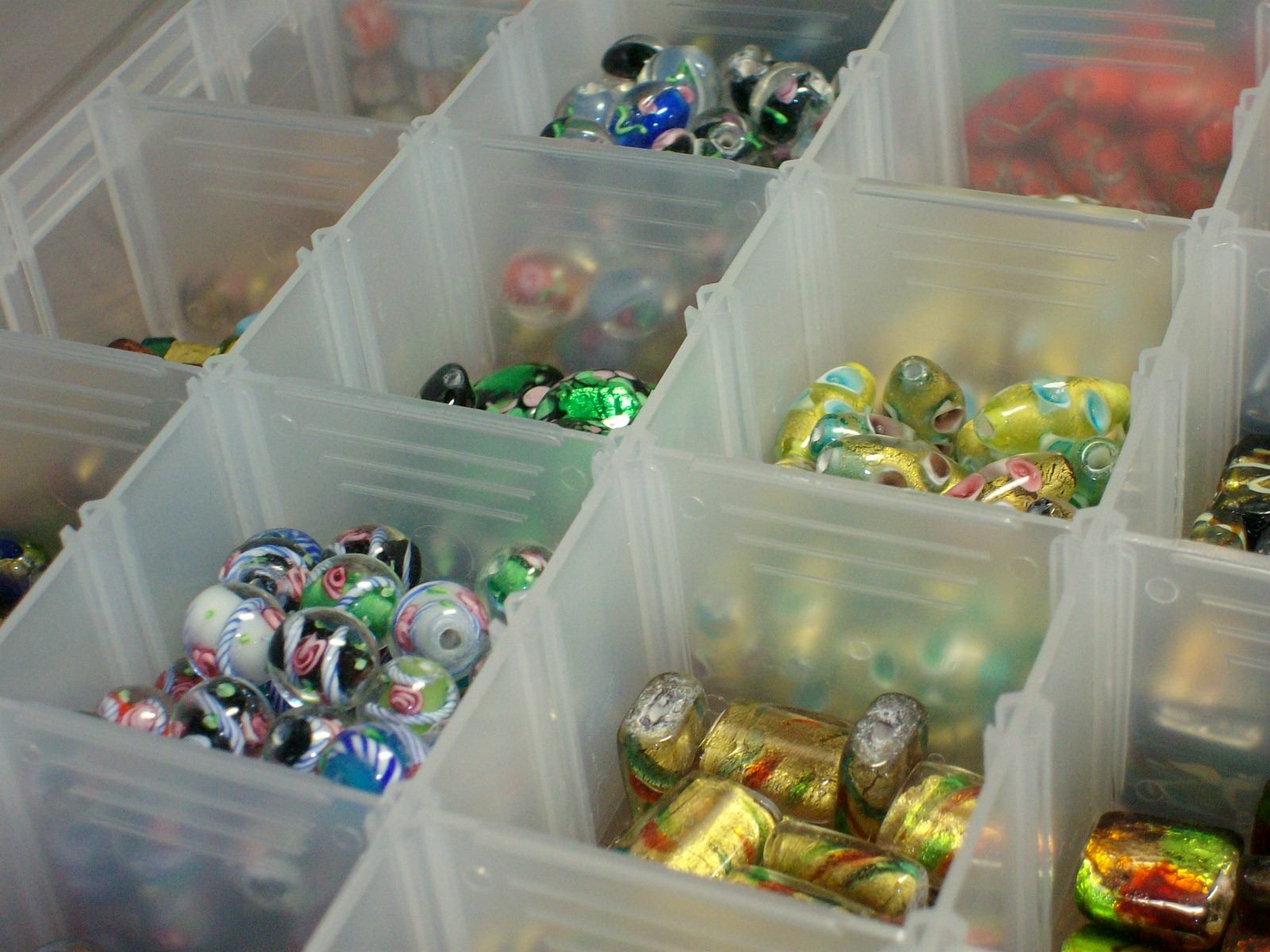
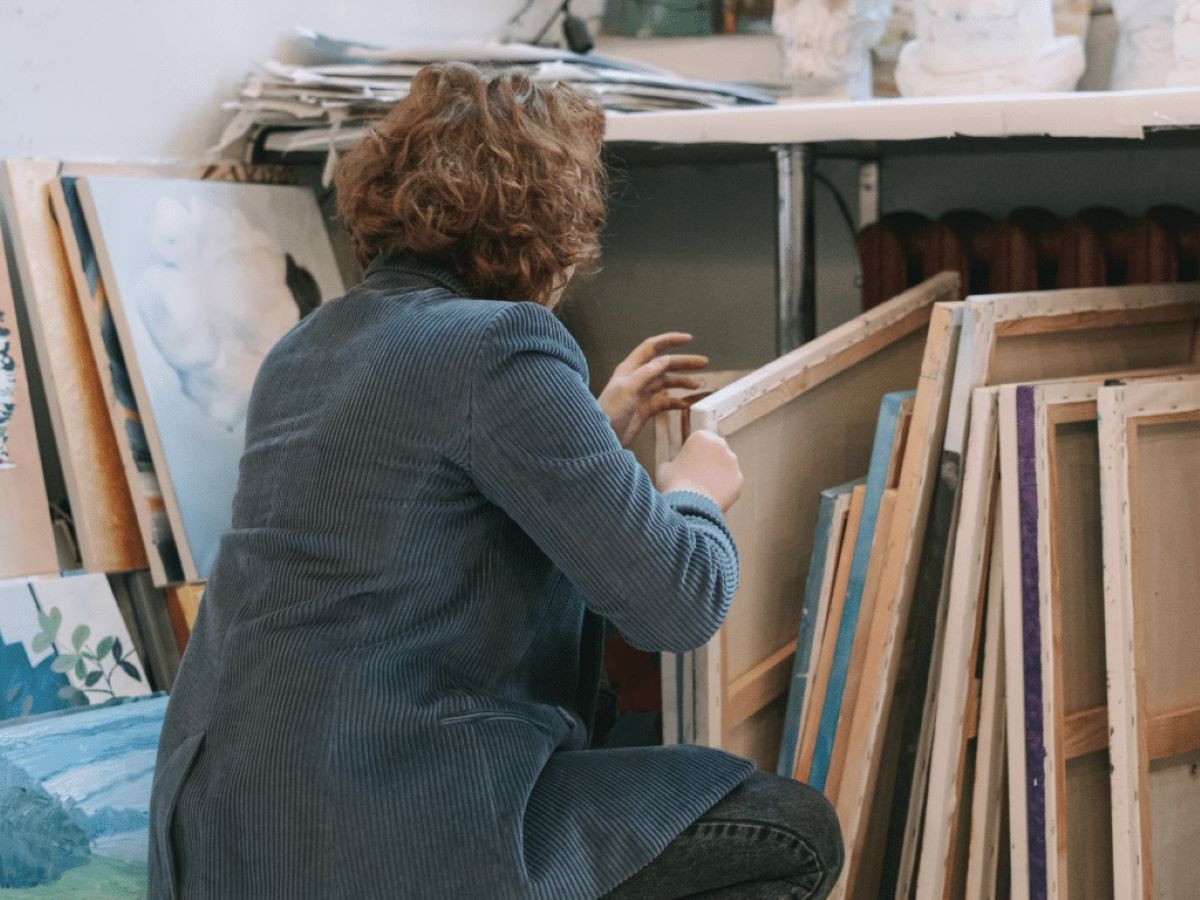
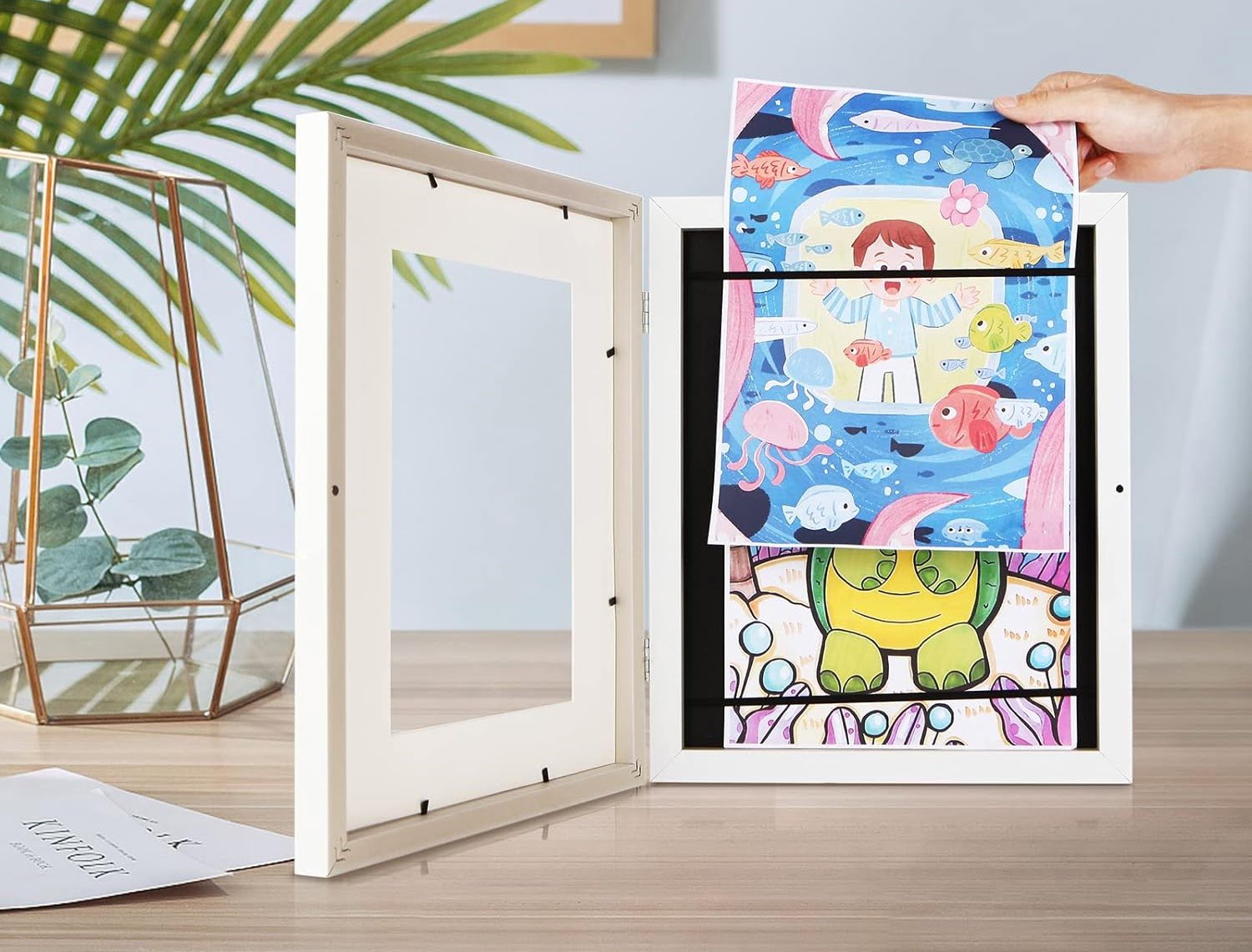
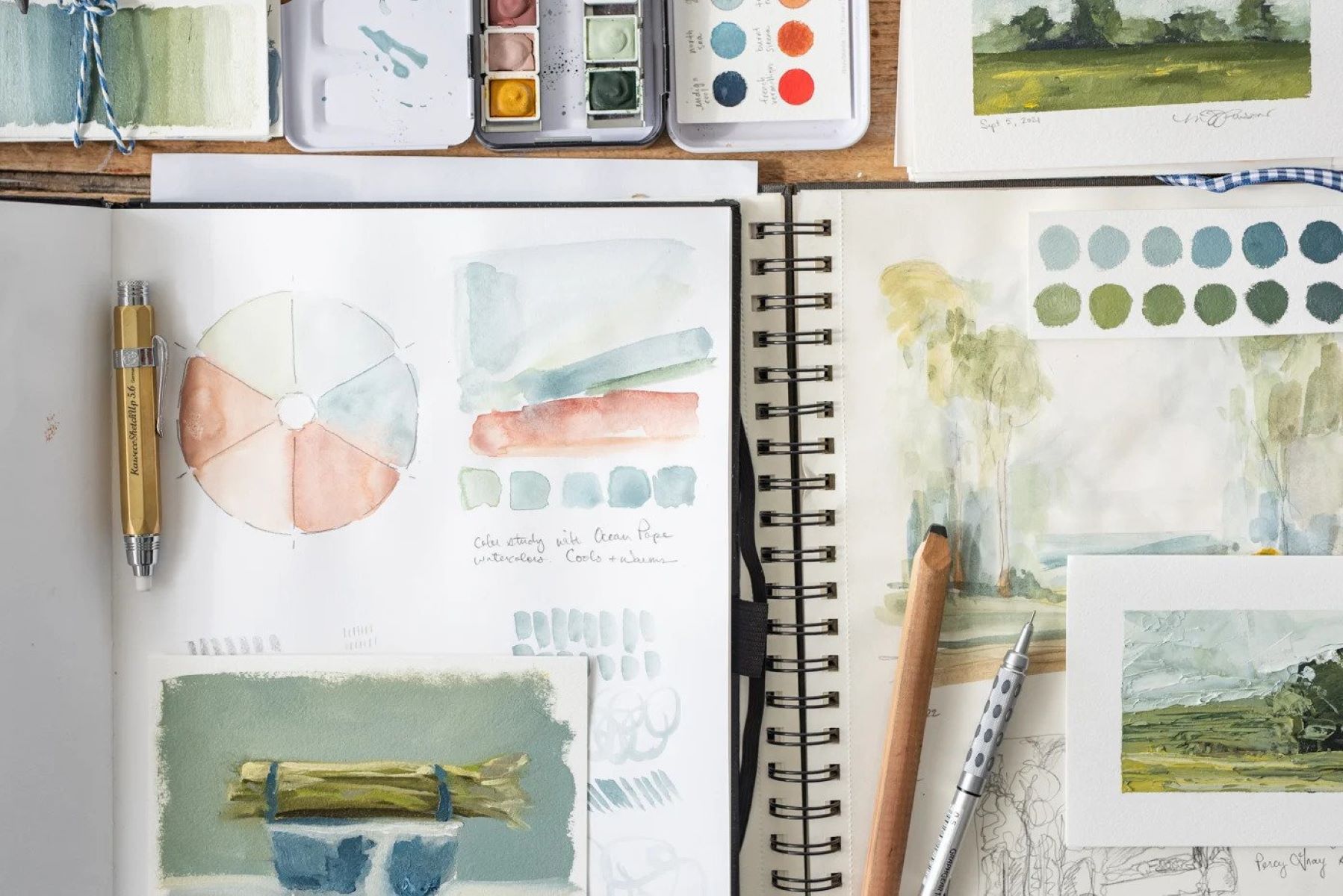
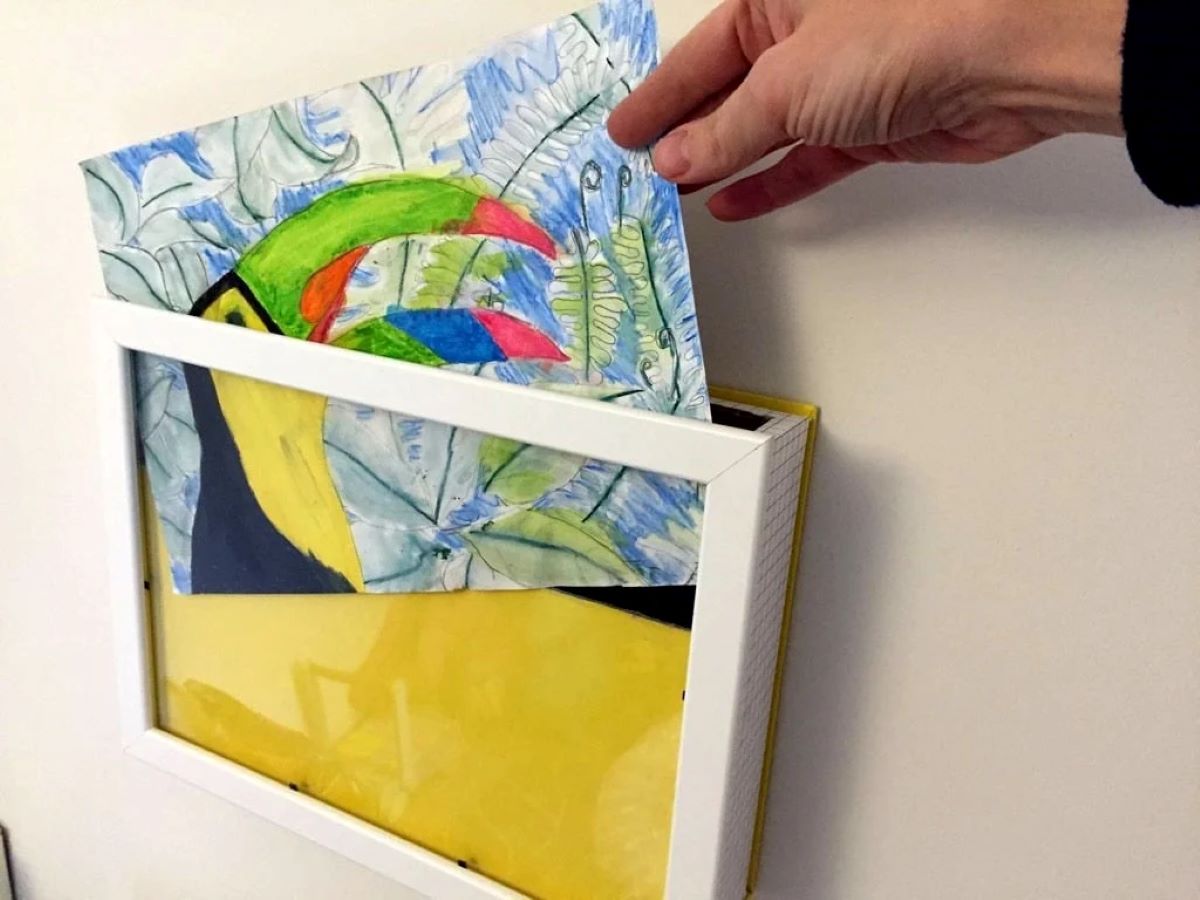
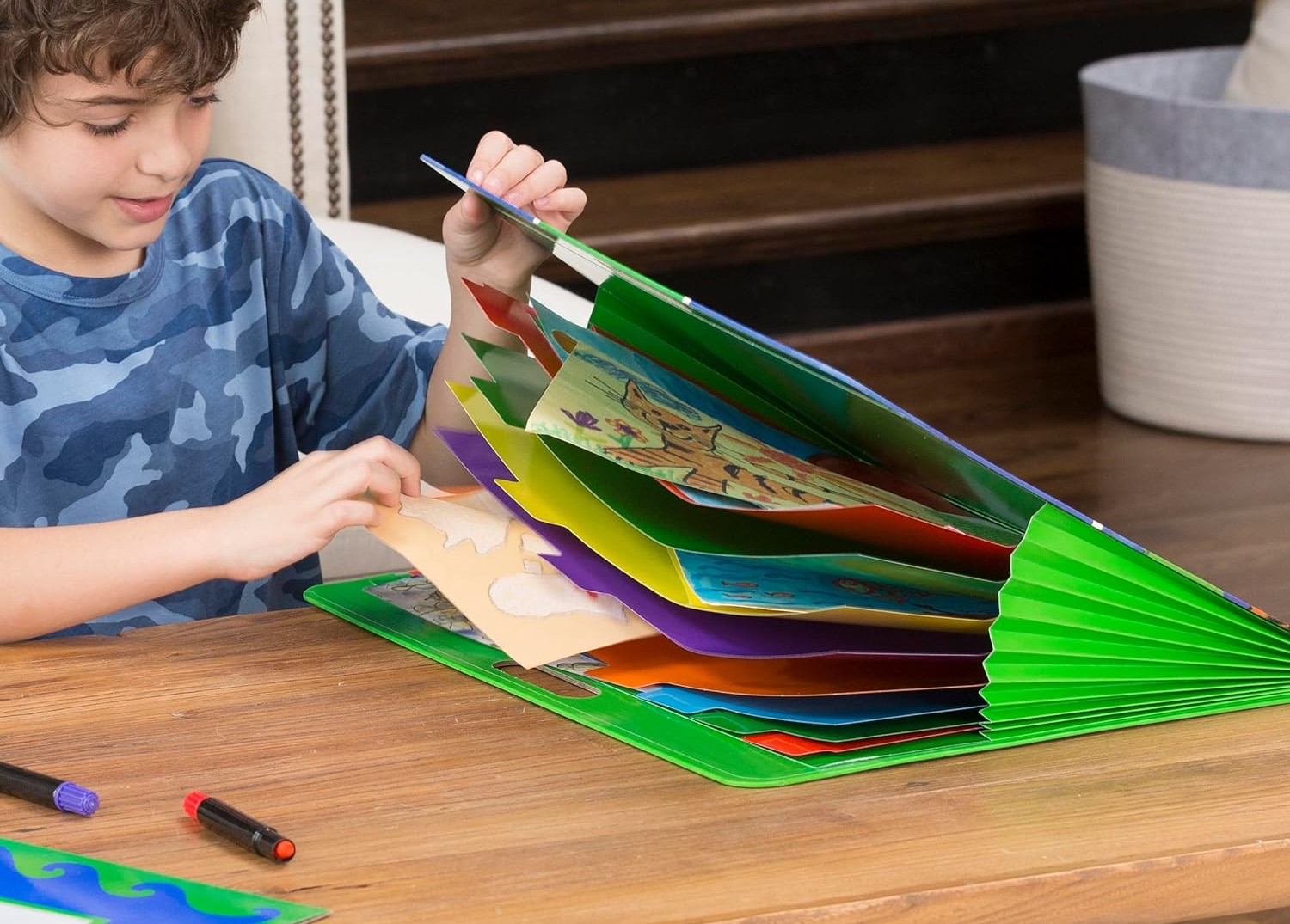
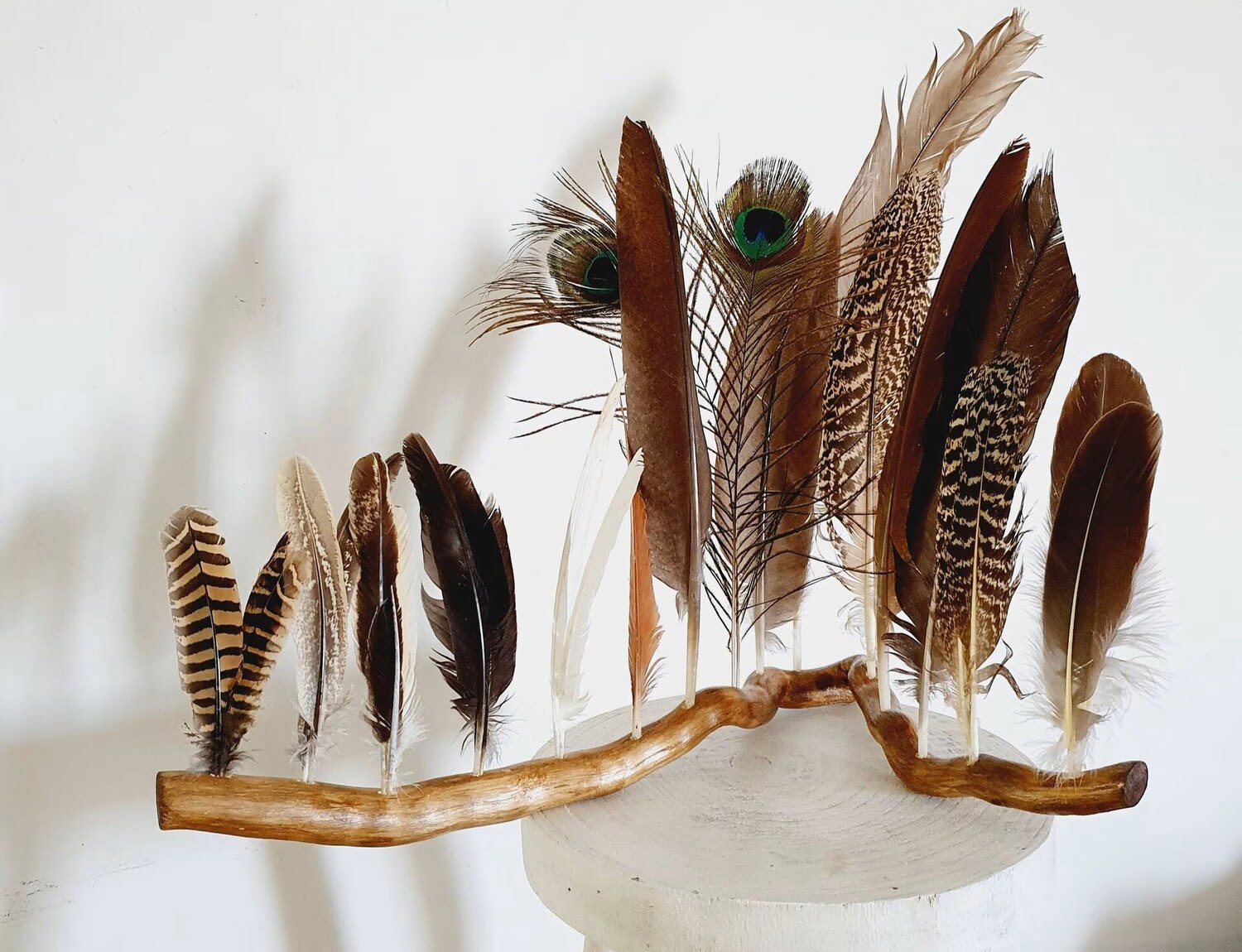
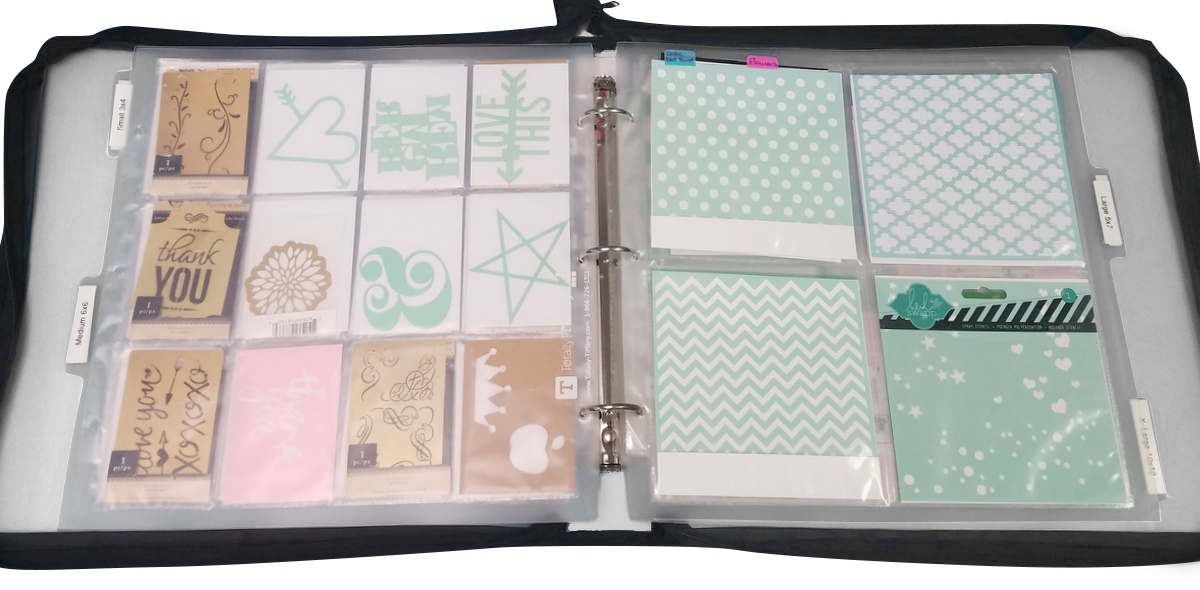
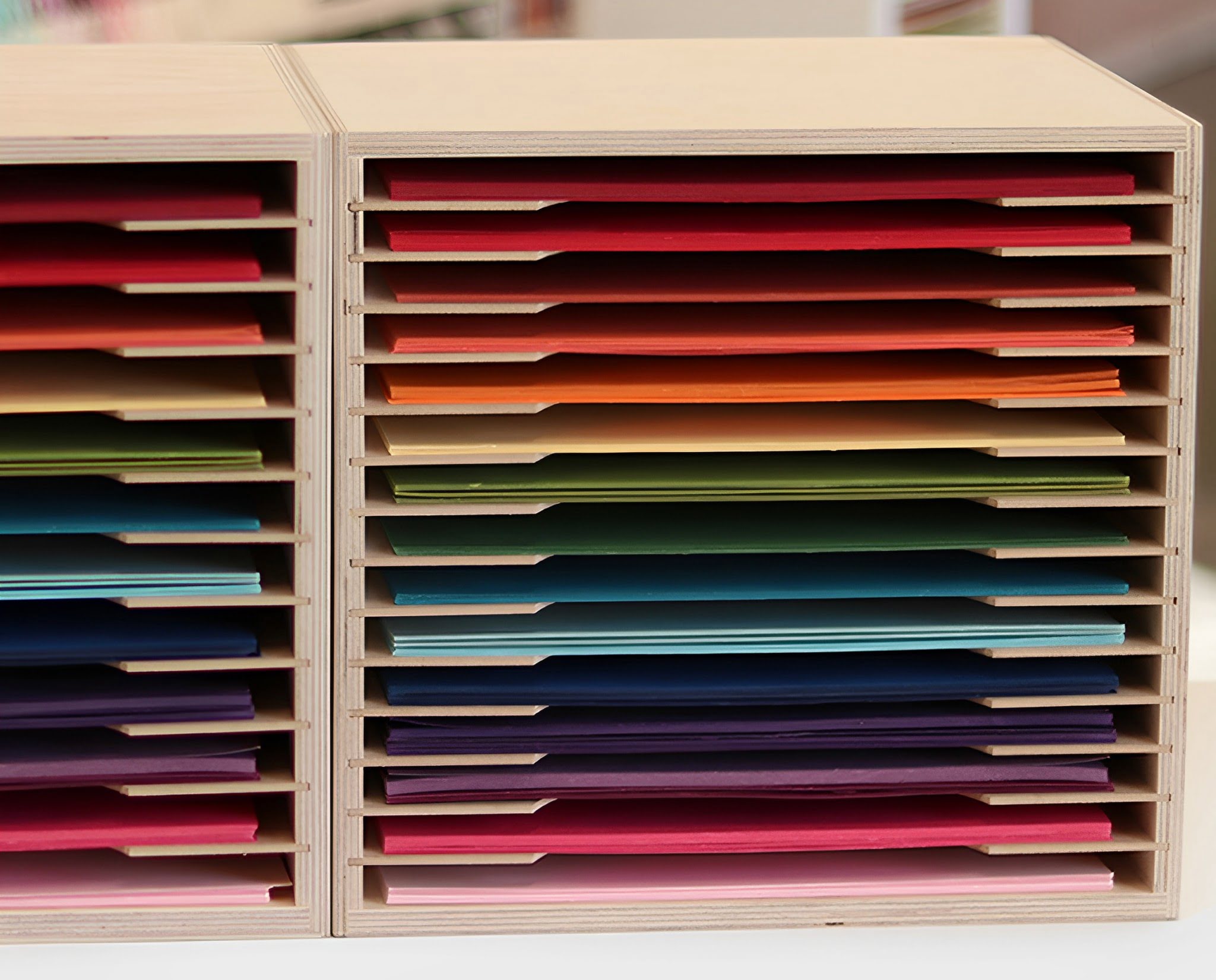

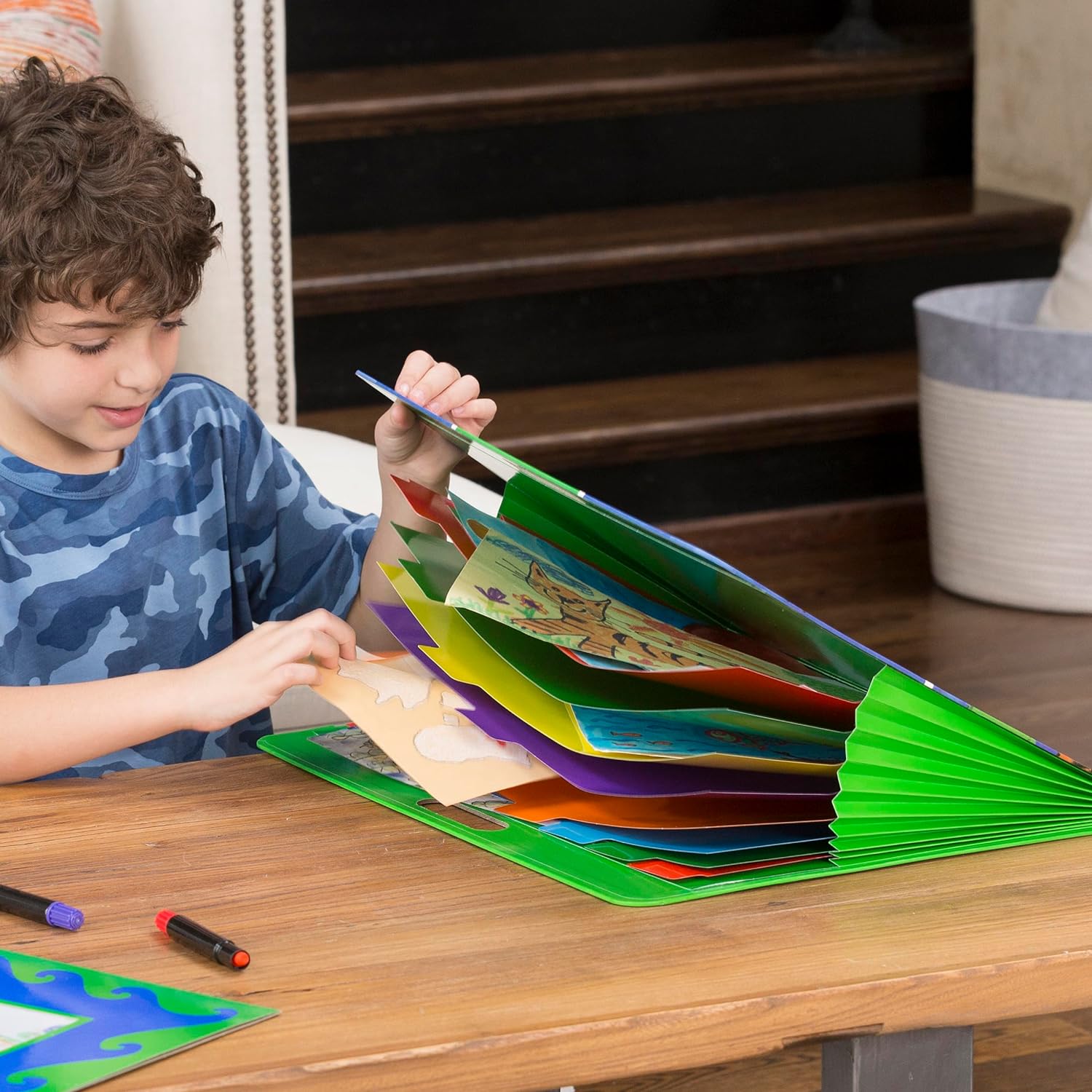

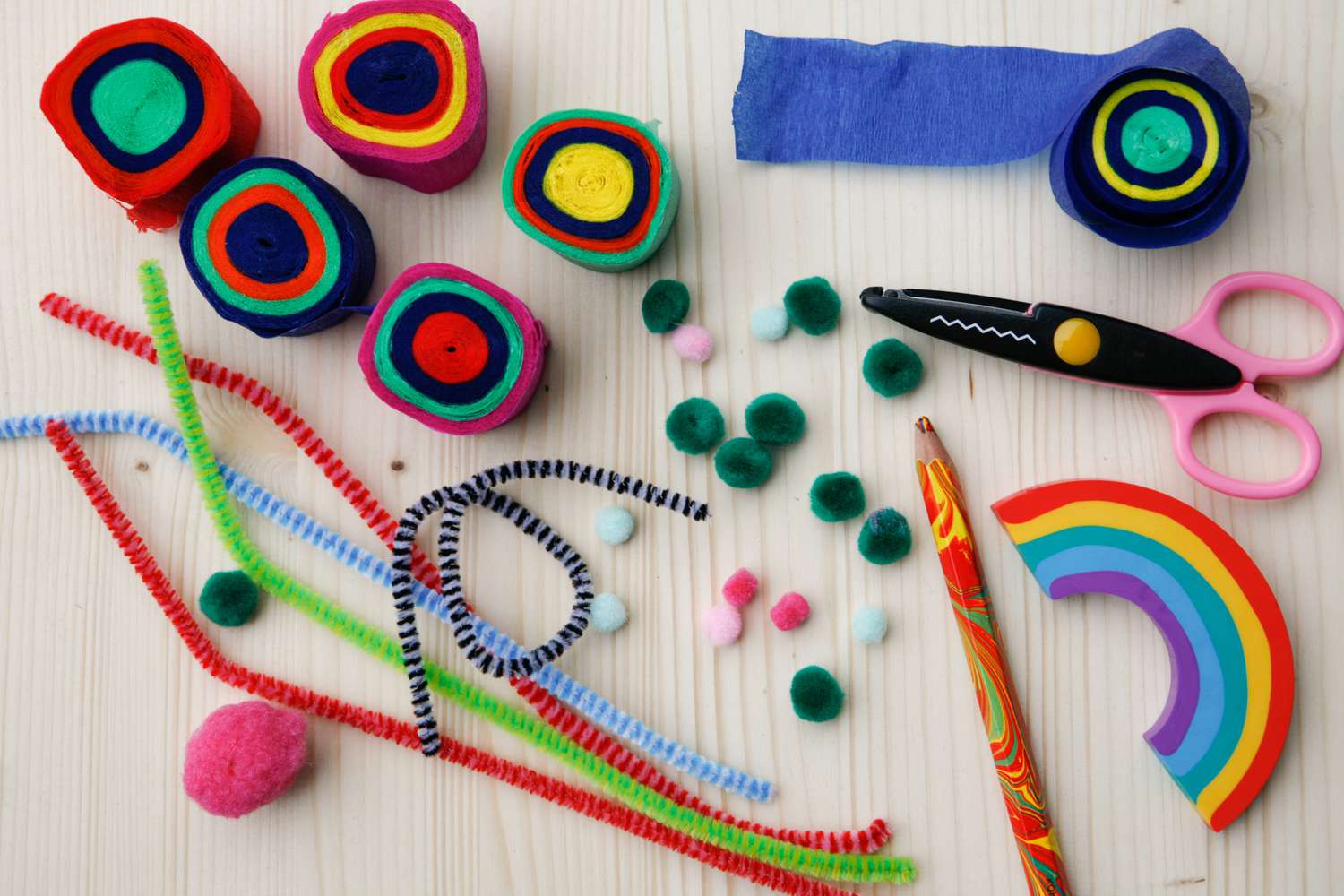

0 thoughts on “How To Store Craft Supplies”